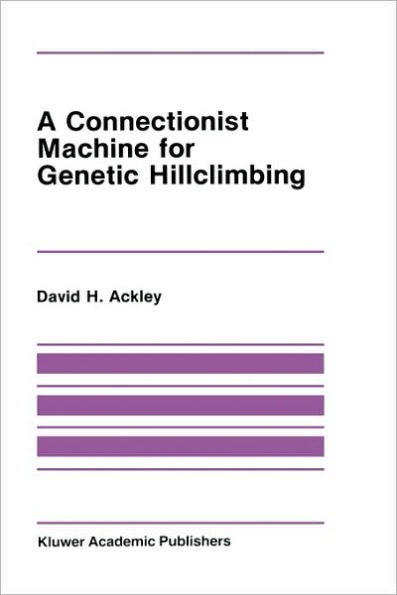5
1
9780898382365


A Connectionist Machine for Genetic Hillclimbing / Edition 1 available in Hardcover

A Connectionist Machine for Genetic Hillclimbing / Edition 1
- ISBN-10:
- 089838236X
- ISBN-13:
- 9780898382365
- Pub. Date:
- 08/31/1987
- Publisher:
- Springer US
- ISBN-10:
- 089838236X
- ISBN-13:
- 9780898382365
- Pub. Date:
- 08/31/1987
- Publisher:
- Springer US
109.99
In Stock

Product Details
| ISBN-13: | 9780898382365 |
|---|---|
| Publisher: | Springer US |
| Publication date: | 08/31/1987 |
| Series: | The Springer International Series in Engineering and Computer Science , #28 |
| Edition description: | 1987 |
| Pages: | 260 |
| Product dimensions: | 6.10(w) x 9.25(h) x 0.03(d) |
From the B&N Reads Blog
